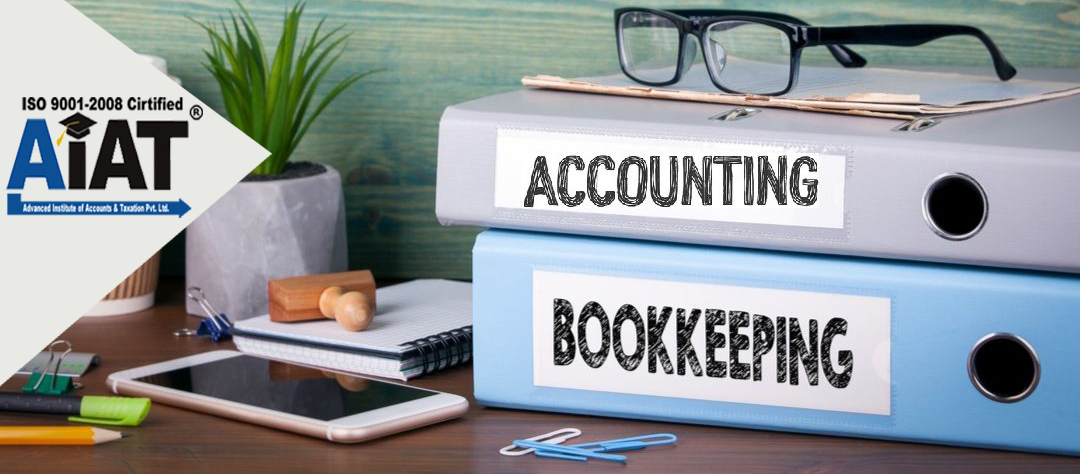My Blog List
Thursday, December 13, 2018
Thursday, April 12, 2018
professional G.S.T. training
Professional and Practical GST Training in India
This GST (Goods and Service Tax) training specially designed to cater the need of professionals and businesses at large. above training provides participants with the
knowledge and skills to build, maintain, and control well-formed Taxation. This is the first course in the GST which is in Certification by AIAT Institute
COURSE/ TRAINING FEATURES :
OVERVIEW OF GST LAW, RULES AND SUPPLY:
Related Important Definitions,Meaning & Scope of Supply,Supply without consideration,Charging section,Supplies to be treated as goods / services,Activities neither
supply of goods nor services,Implementation of GST,Liability of the Tax Payer,GST Network ,GST Council
REGISTRATION :
Introduction,Registration Procedure & Documentation, Important Points, Special Persons, Amendments / Cancellation
LEVY OF AND EXEMPTION FROM TAX :
Chargeability of CSGT, SGST and IGST, Composition Scheme, Remission of Tax / Duty
VALUATION IN GST :
Transaction Value, Valuation Rules
TIME OF SUPPLY :
Time of Supply - Goods , Time of Supply –Services, Other Points
MEANING AND SCOPE OF SUPPLY:
Taxable Supply, Supply of Goods and Supply of Services, Course or Furtherance of Business, Special Transactions
PAYMENT OF GST ;
Introduction, Time of GST Payment, How to make payment, Challan Generation & CPIN, TDS & TCS
E-WAY BILL :
Generate e-way bill, Verification of documents, Validity of e-way bill
ELECTRONIC COMMERCE :
Introduction, Tax Collected at Source (TCS), Procedures for E-commerce Operator
JOB WORK :
Introduction, Part II
INPUT TAX CREDIT:
Introduction, Important Points, Job Worker
INPUT SERVICE DISTRIBUTORS :
Concept of Input Service Distributor, Legal Formalities for an ISD, Distribution of Credit
MATCHING OF INPUT TAX CREDIT :
Returns, GSTR-2, Other Taxable Persons, Annual Return, GST Council
IGST- PLACE OF SUPPLY OF GOODS:
Inter-state / Intra-state Supplies, Exports / Imports / SEZ, E-commerce, Other Provisions
PLACE OF SUPPLY OF GOODS & SERVICES:
Introduction, Registered and Unregistered Persons, Case Studies – Part I, Case Studies – Part II
GST PORTAL:
Introduction, GST Eco-system, GST Suvidha Provider (GSP), Uploading Invoices, GST Law and its Impact in current Accounting
-----------------------------------
Join professional and practical gst training institute
AIAT INSTITUTE
15,Bhande Plot, Umred Road Near Shitlamata Mandir Nagpur
Call-9373104022 http://www.aiatindia.com
Tuesday, February 27, 2018
Importance of GST in Business
What is GST?
Goods and Services Tax is also known as GST is a single indirect tax which will replace the following taxes with a single and much-reduced tax rate:
• Central Excise Duty
• Additional Excise Duty
• Service Tax
• Surcharge, Cess
• VAT/ Sales Tax
• Entertainment Tax
• Luxury tax
• Additional customs duty
• Special Additional duty of customs
• Taxes on lottery and betting
• Entry tax
• State ceases and surcharge
What are the benefits of GST
For the Business
• Reduced Tax rates
• Easier compliance
For the Consumer
• Lower prices
Difference between VAT and GST
VAT or Value added tax will be replaced by GST (State GST) and though very little clarity is present now, this will most probably be managed by the state. Unlike the current situation, GST will have a single and much-reduced tax rate, prompting more businesses to become transparent. The current VAT authority will continue to manage GST
Difference between Service Tax and GST
Like VAT, Service Tax will also be replaced by GST but might be managed by the Center. The dual tax points currently pose a difficulty in implementing the tax in India. It is to be seen how the empowered committee of the state finance ministers will come up with a solution for having a single tax rate. The current central administration will continue to manage GST
How to be prepared for GST?
GST will call for more transparency and increased enforcement of tax revenues. It would be important to track the input taxes and be ready for compliance.
Here are a heads up of what you can think of doing:
• If you are into manual billing systems, move to a computerised billing system
• Automate the system of adjusting input credits
• Get a real-time view of your tax liabilities across your business locations
Subscribe to:
Posts (Atom)

